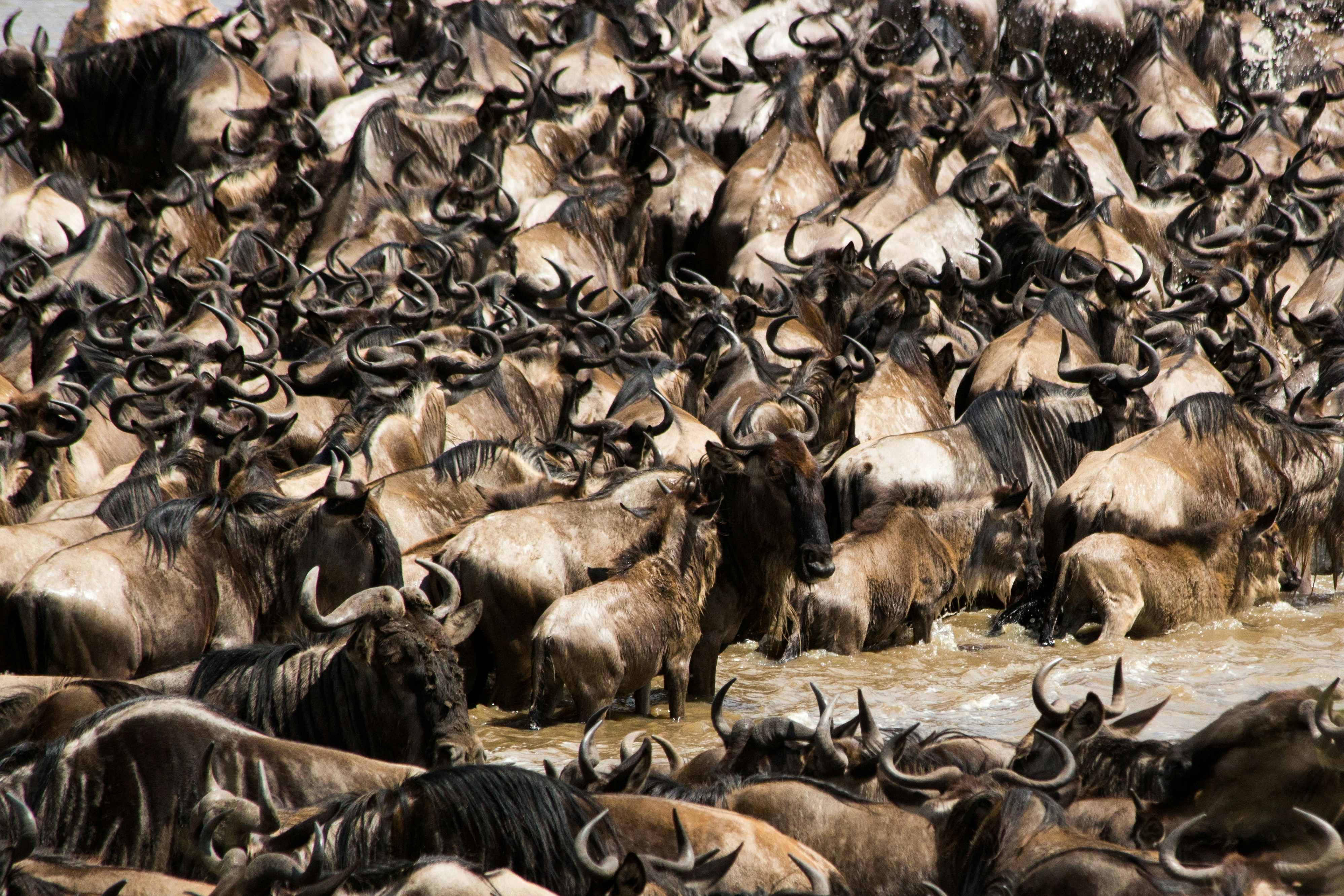
A Guide to the Great Migration: Timing and Tips
The Great Migration is one of the most spectacular natural events on Earth, drawing wildlife enthusiasts and adventure seekers to the plains of East Africa. This breathtaking phenomenon sees over two million wildebeest, zebras, and gazelles journey across the Serengeti and Maasai Mara in search of greener pastures. Witnessing this epic migration is a bucket-list experience, and with the right timing and preparation, you can enjoy this marvel up close.
Understanding the Great Migration
The Great Migration is a continuous cycle that takes place throughout the year, moving between Tanzania’s Serengeti National Park and Kenya’s Maasai Mara National Reserve. The animals follow the rains in a clockwise direction, traversing approximately 1,800 miles. This migration is not only a display of endurance and survival but also a critical ecological process that supports numerous predators, including lions, cheetahs, and crocodiles.
Best Times to Visit
- December to March: During this period, the southern Serengeti is teeming with life as calving season begins. Thousands of baby wildebeests are born daily, attracting predators and offering dramatic wildlife interactions.
- April to July: The herds move northwest, crossing the Grumeti River. This is an excellent time to witness large herds and the infamous river crossings, where crocodiles lie in wait.
- August to October: The herds reach the Maasai Mara, making for some of the best game-viewing experiences. The Mara River crossing is another highlight, where chaos and survival unfold on a grand scale.
- November: The short rains signal the herds to move southward back to the Serengeti, completing the cycle.
Where to Stay
- Serengeti National Park: Consider staying at mobile camps like Serengeti Safari Camp, which moves with the migration, or luxury lodges like Four Seasons Safari Lodge Serengeti for unparalleled comfort.
- Maasai Mara National Reserve: Explore camps such as Mara Explorer Camp for a close-to-nature experience or Governors’ Camp for its iconic setting and excellent service.
Tips for Witnessing the Migration
- Plan Ahead: Book your safari well in advance, especially during peak migration times. Accommodations fill up quickly due to high demand.
- Choose the Right Safari: Select a reputable tour operator with knowledgeable guides who can anticipate animal movements and optimize your viewing opportunities.
- Pack Smart: Bring essentials like binoculars, a camera with a good zoom lens, sunscreen, and layered clothing to adapt to changing weather conditions.
- Be Flexible: Nature is unpredictable, so be open to altering your itinerary to increase your chances of witnessing key moments of the migration.
- Respect Wildlife: Maintain a safe distance from animals, follow your guide’s instructions, and adhere to park rules to ensure your safety and the well-being of the wildlife.
The Great Migration is a life-changing spectacle that offers unforgettable moments for those fortunate enough to experience it. By understanding the migration's timing and planning accordingly, you can ensure a rewarding and awe-inspiring adventure.